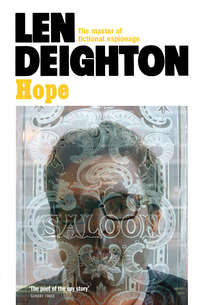Fighter: The True Story of the Battle of Britain

Полная версия
Fighter: The True Story of the Battle of Britain
Жанр: детективытриллерыкниги о войнеисторическая литературасовременная зарубежная литературасерьезное чтениеоб истории серьезно
Язык: Английский
Год издания: 2019
Добавлена:
Настройки чтения
Размер шрифта
Высота строк
Поля
Конец ознакомительного фрагмента
Купить и скачать всю книгу








